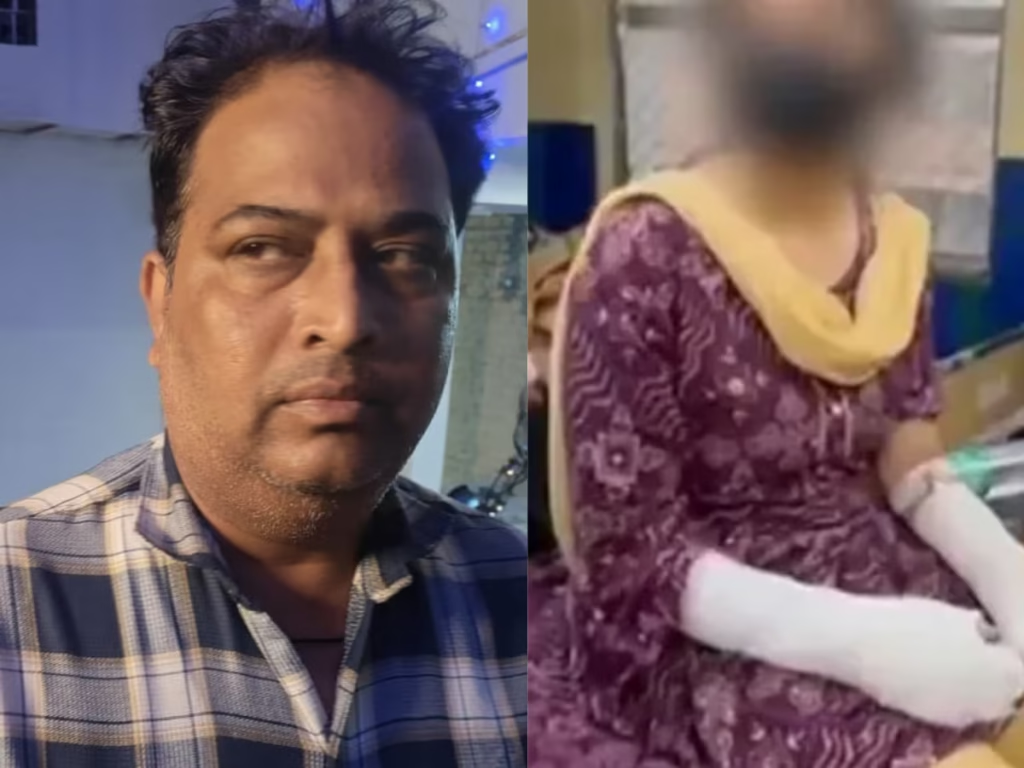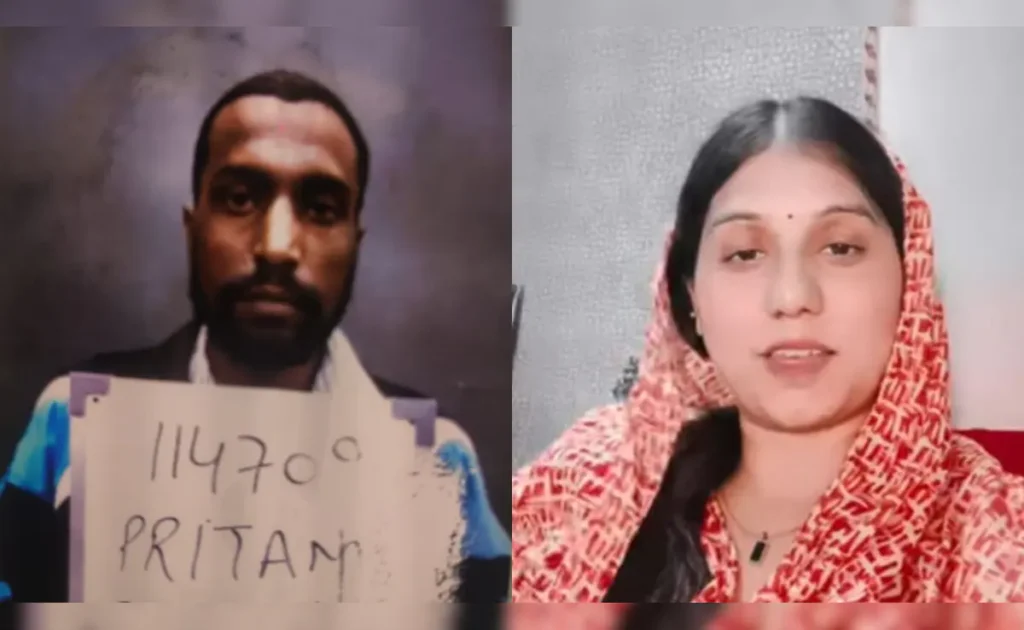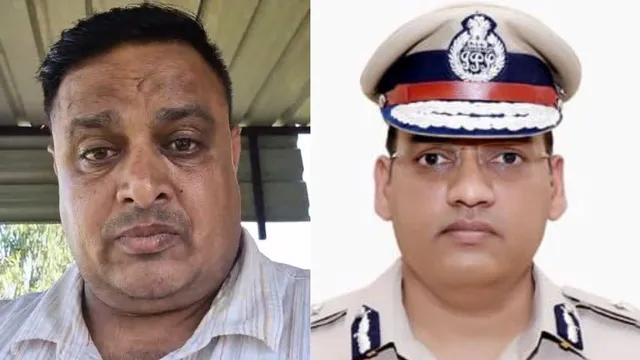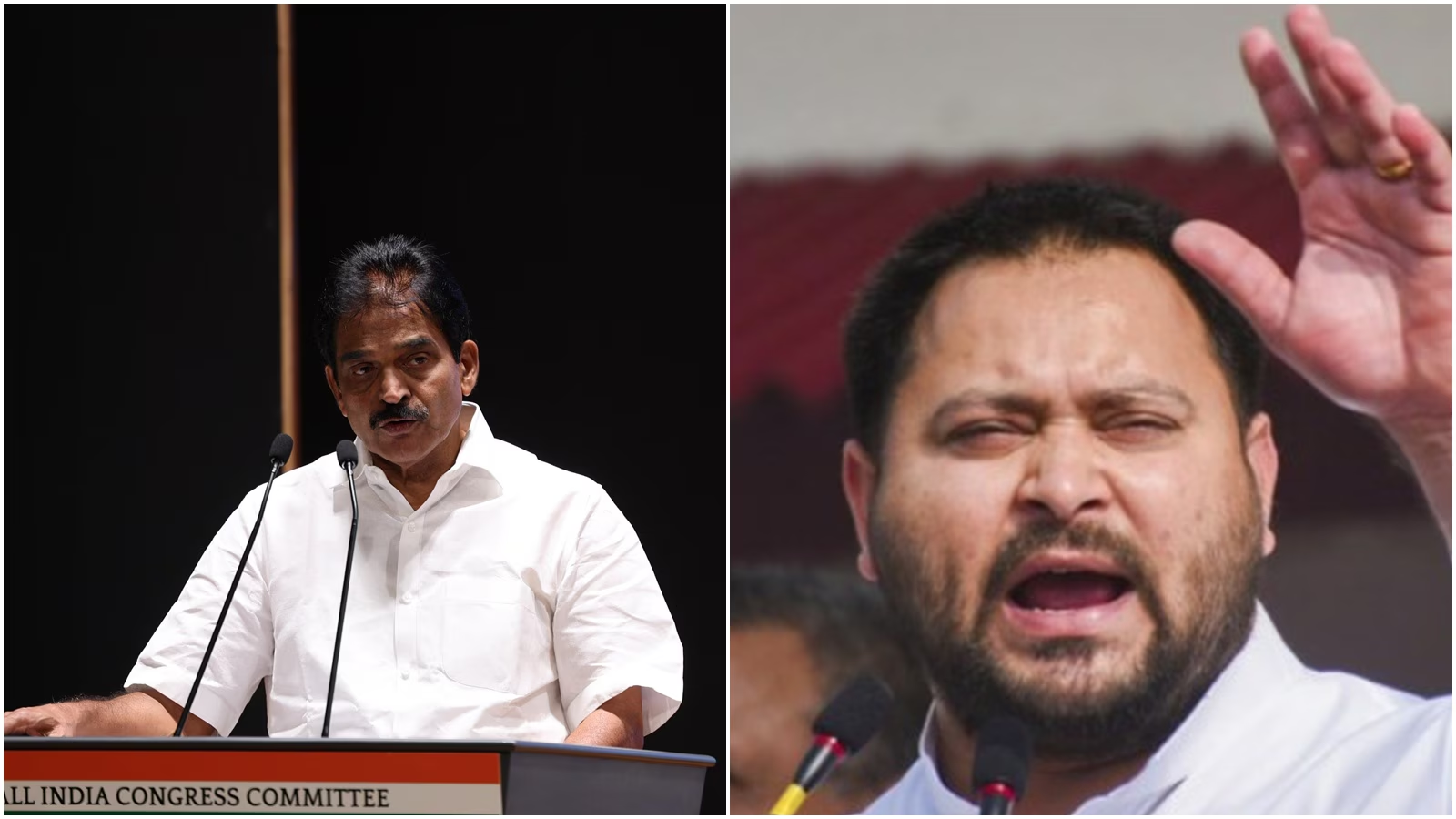Now Reading: Durgapur Assault Case: Police Dismiss Gang-Rape Claim, Question Victim’s Friend
-
01
Durgapur Assault Case: Police Dismiss Gang-Rape Claim, Question Victim’s Friend
Durgapur Assault Case: Police Dismiss Gang-Rape Claim, Question Victim’s Friend
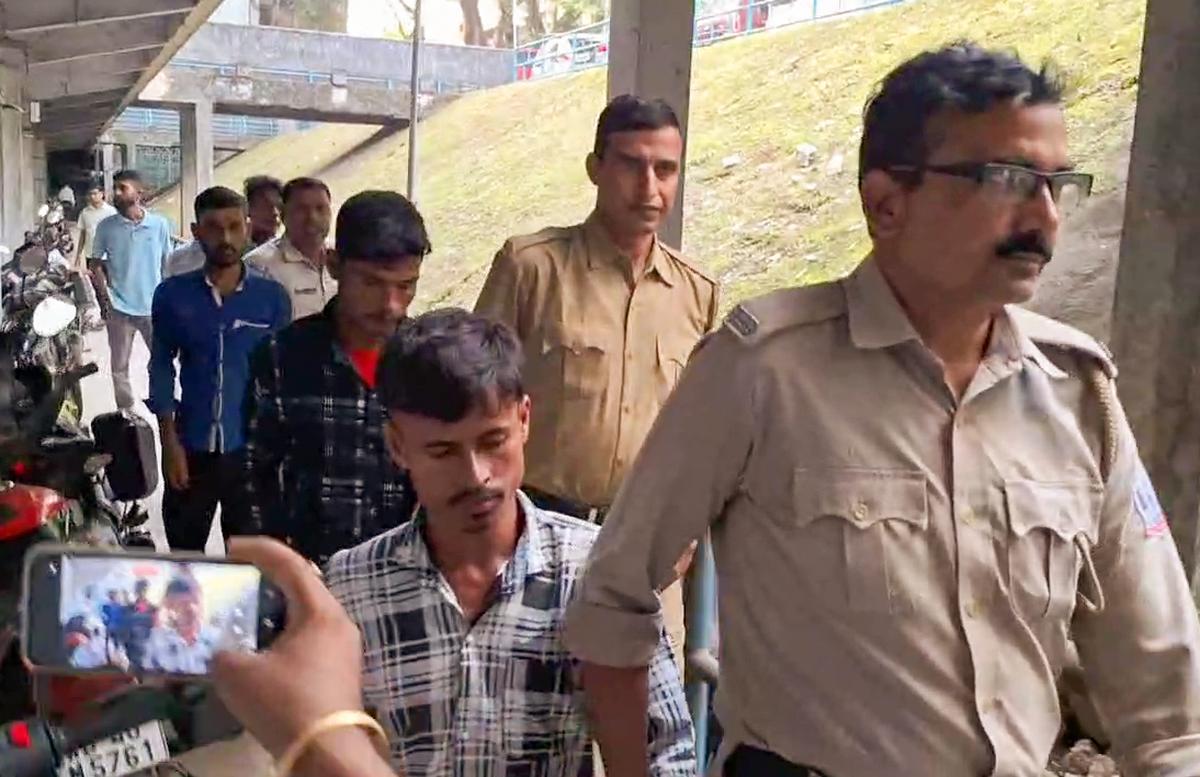
In Durgapur, a medical student’s assault case stirred widespread alarm when reports initially suggested gang rape. But West Bengal police have now ruled out that possibility, stating the evidence points to a single assailant. The victim’s friend has also been arrested for his possible role. The developments cast focus on investigation integrity, media narratives, and justice delivery in smaller cities.
What’s the police version
Police say only one accused has been found to commit the sexual assault. While five suspects were earlier arrested, their roles are still under investigation. Authorities emphasize the process of forensic analysis, scene reconstruction, and statements are ongoing to clarify involvement.
They also point out that the victim’s friend—who accompanied her that night—has been arrested after questioning. His role, police say, is not yet clearly established; investigations will decide whether he aided, abetted, or was merely a witness.
Media, public reaction and narratives
The initial claim of gang rape generated strong public outrage and protests. Many social media voices urged swift justice, sometimes before facts were verified. In Tier-2 and Tier-3 cities, where trust in state institutions is already fragile, such narratives can inflame sentiments prematurely.
When conclusions shift—like changing from “gang rape” to “single assailant”—some feel misled or accuse institutions of whitewashing. The tension between responsible reporting and public demand for immediate action becomes acute in such sensitive cases.
Challenges of smaller-town justice
In places like Durgapur, investigative agencies often lack resources for fast, high-capacity forensic testing or evidence processing. This slows clarity. Local courts can be overburdened, leading to delays in filing charges or granting remand.
Moreover, victims and witnesses may face social pressure in tight-knit communities. Silence, intimidation, or stigma can hinder cooperation. Ensuring secure protection and navigating local power dynamics are major obstacles.
What’s needed for trust and fairness
Transparency is key. Releasing timelines for evidence analysis, frequent updates, and clarifying how conclusions were reached can rebuild faith. Independent oversight or review panels in such high-profile cases help reduce suspicion.
Support for the victim—legal, psychological, and protection—is essential. Investigation must ensure no undue pressure on testimony or evidence. Charges, remand, or bail decisions need judicial balance, not public drama.
Training for police in sensitive crime handling, victim rights, and forensic standards must be upgraded. Smaller city police forces especially need capacity building, so cases aren’t weak from the start.
Conclusion
The Durgapur case illustrates the fine line between public outrage and investigative accuracy. Ruling out gang rape doesn’t diminish the severity of the crime—it demands that the truth be unearthed responsibly. For justice to prevail, every step must be methodical, fair, and transparent, especially when a community’s faith is at stake.









